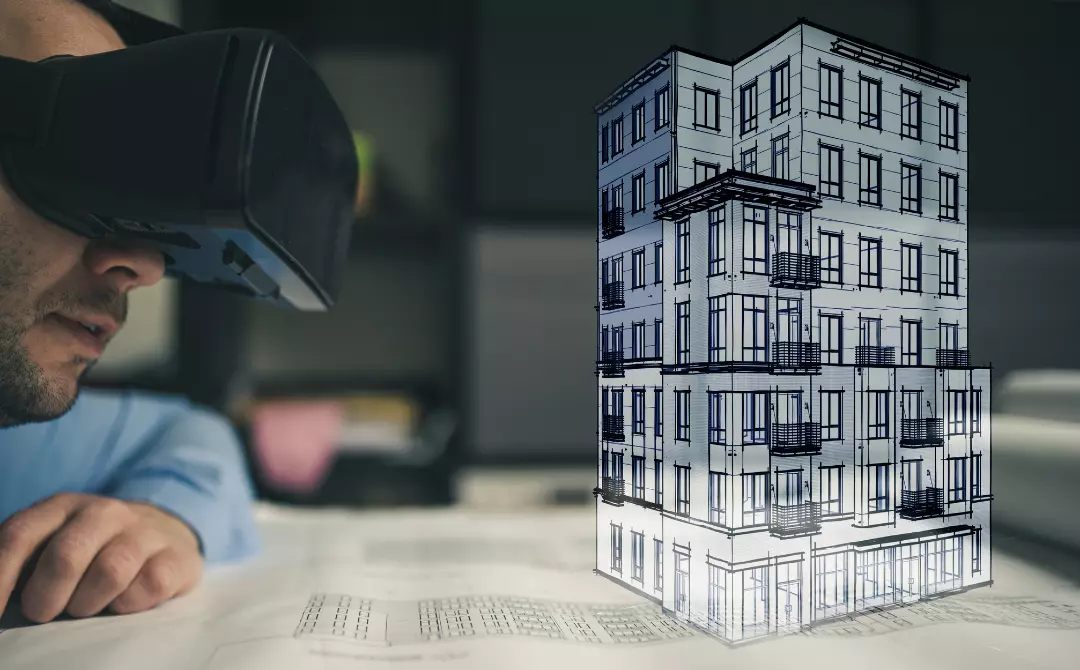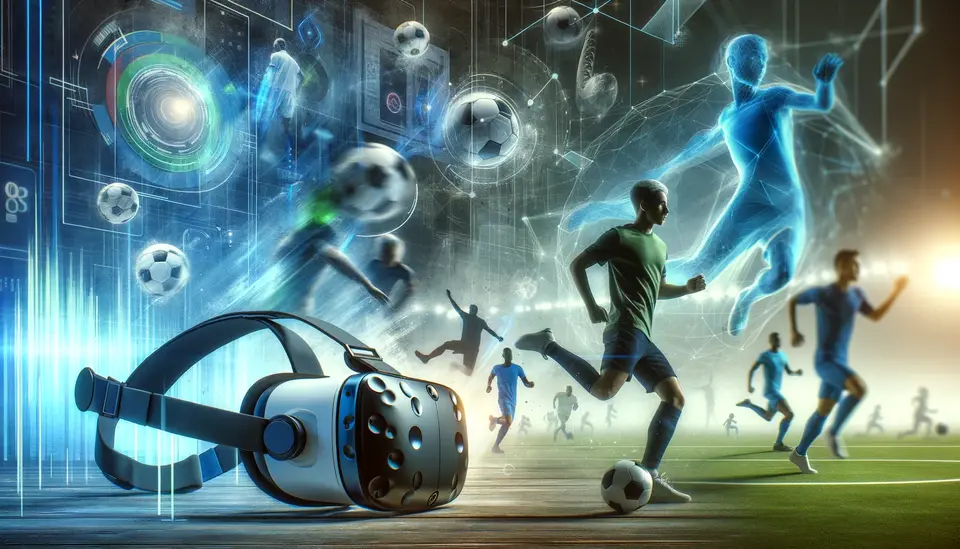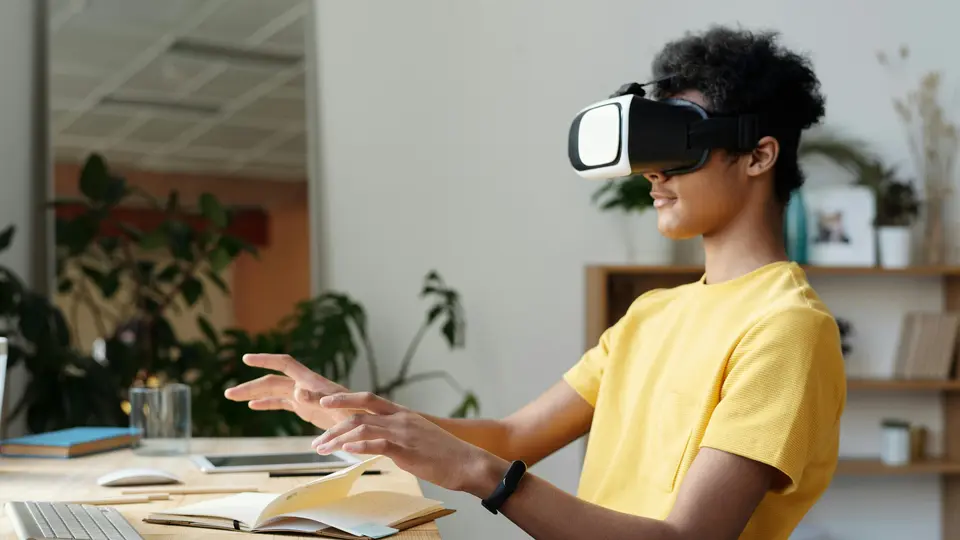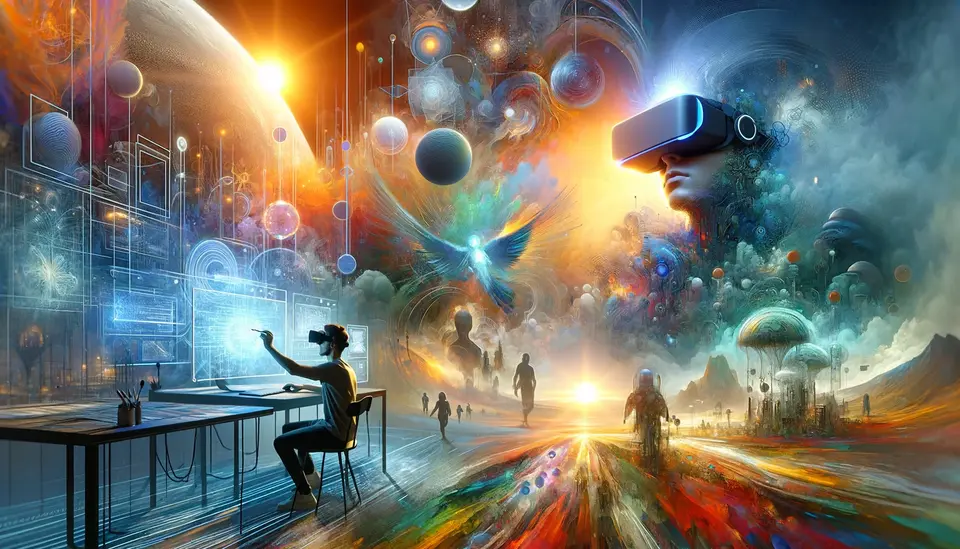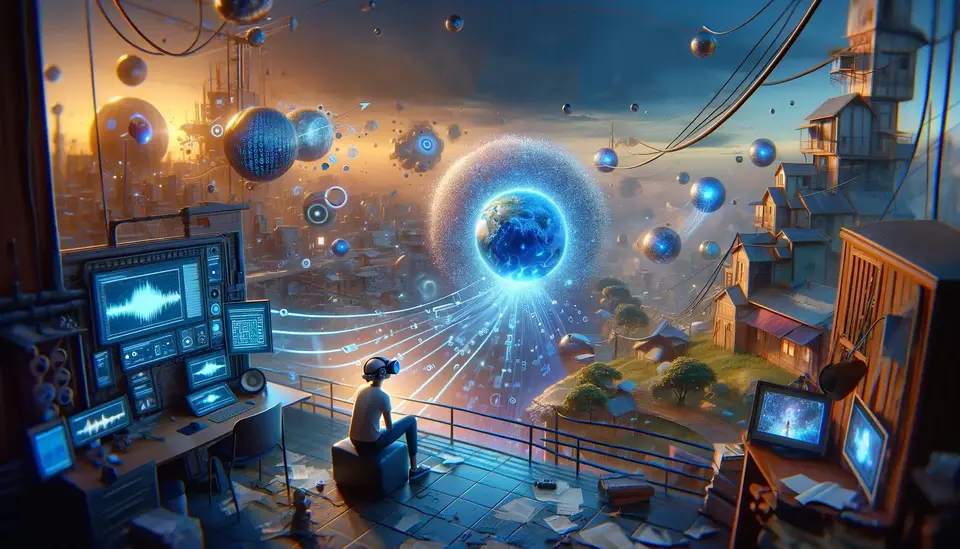15 Examples of the Use of Virtual Reality (VR) in Architecture
Posted on May 8, 2023 5 minutes 983 words
Table of contents
- 1. Virtual Walkthroughs
- 2. Concept Visualization
- 3. Interior Design Planning
- 4. Construction Planning and Safety
- 5. Urban Planning and Landscape Design
- 6. Collaboration and Communication
- 7. Accessibility and Inclusive Design
- 8. Historic Preservation and Cultural Heritage
- 9. Public Participation and Engagement
- 10. Building Information Modeling (BIM) Integration
- 11. Architectural Education and Training
- 12. Real Estate Marketing
- 13. Sustainable Design Analysis
- 14. Stress Testing and Structural Analysis
- 15. Post-Occupancy Evaluation
- Conclusion
Virtual reality (VR) technology has come a long way in recent years, transforming various industries with its immersive capabilities. One industry that has particularly benefited from VR’s growth is architecture. In this blog post, we will explore 15 examples of how virtual reality is revolutionizing architecture by enhancing design, collaboration, and presentation.
1. Virtual Walkthroughs
VR enables architects to create interactive walkthroughs of their designs, providing clients with a realistic experience of the space before it’s built. The prestigious firm Foster + Partners used virtual reality to create a detailed walkthrough of their design for the Bloomberg Headquarters in London, helping clients and stakeholders experience the building before construction.
2. Concept Visualization
Architects use VR to create immersive environments, helping clients better understand and visualize proposed design concepts. For example, Zaha Hadid Architects employed VR technology in their design process for the 520 West 28th Street residential building in New York, allowing clients to experience the proposed spaces in a fully immersive 3D environment.
3. Interior Design Planning
VR can help architects and interior designers plan and visualize interior spaces. For instance, DIRTT Environmental Solutions uses VR in their ICEreality software, which allows designers to create, modify, and visualize interior spaces in a fully immersive environment, including furniture placement and material selections.
4. Construction Planning and Safety
VR can simulate construction processes, improving site planning and identifying potential safety hazards. In a notable example, Skanska Construction implemented VR technology to test their construction plans for the LaGuardia Airport Central Terminal B project. By simulating the construction process in VR, they were able to identify and resolve potential issues before they arose on-site.
5. Urban Planning and Landscape Design
VR can be utilized to visualize and analyze urban design proposals and environmental impacts. The City of Helsinki, for instance, employed VR technology to create a digital twin of their city, allowing planners to simulate various urban development scenarios and analyze their impacts on the environment and cityscape.
6. Collaboration and Communication
Using VR, architects, designers, and clients can work together in a shared virtual space, streamlining the collaboration process. The Hyperform project, a collaboration between Snøhetta, BIG, and Studio Gang, is a prime example. The teams used VR to develop their design concepts for the Chicago Architecture Biennial, allowing all parties to communicate and iterate on ideas in real-time.
7. Accessibility and Inclusive Design
VR can be employed to assess and improve accessibility for people with disabilities within architectural designs. Architect Chris Downey, who is blind, uses VR technology to create tactile 3D models of his designs, ensuring that the spaces he designs are inclusive and accessible for all users.
8. Historic Preservation and Cultural Heritage
VR can recreate and preserve historically significant structures, enabling users to explore them virtually. The Virtual Rome project, for example, recreates ancient Rome in a detailed VR environment, allowing users to explore the city’s landmarks and experience its rich history.
9. Public Participation and Engagement
VR can be used to involve the public in the design process by creating interactive exhibitions and presentations. The Serpentine Pavilion in London, designed by Frida Escobedo, used VR technology to create an interactive installation that allowed the public to engage with the design and provide feedback.
10. Building Information Modeling (BIM) Integration
VR can be used in conjunction with BIM software to enhance design coordination and clash detection. An example of this integration is the collaboration between Bentley Systems and Trimble, which resulted in the development of the SYNCHRO XR platform. This platform allows users to visualize, interact with, and analyze BIM data in a virtual reality environment, streamlining the design process and facilitating better communication among stakeholders.
11. Architectural Education and Training
VR can revolutionize architectural education by allowing students to engage with designs, materials, and construction techniques in a hands-on manner. The University of Minnesota’s College of Design has implemented VR technology in their curriculum, providing students with an immersive environment to learn and develop their design skills.
12. Real Estate Marketing
VR can be used to create virtual tours and immersive experiences for potential property buyers. Companies like Matterport and VR Global have developed platforms that enable real estate professionals to create high-quality virtual tours of properties, providing potential buyers with an interactive and immersive way to explore spaces without physically visiting them.
13. Sustainable Design Analysis
VR can be employed to analyze the environmental performance of a building, including energy consumption, daylighting, and thermal comfort. For example, Autodesk’s Insight platform integrates VR technology with building performance analysis tools, allowing architects and engineers to visualize and optimize sustainable design strategies in a virtual environment.
14. Stress Testing and Structural Analysis
VR can help architects and engineers perform stress tests and structural analyses on virtual models, reducing the need for physical prototypes. Thornton Tomasetti, a leading engineering firm, used VR technology to analyze the structural performance of the Mercedes-Benz Stadium in Atlanta. By conducting virtual stress tests, they were able to optimize the stadium’s design and minimize material usage.
15. Post-Occupancy Evaluation
VR can be used to collect feedback from occupants, enabling architects to refine their designs and improve future projects. Arup, a global engineering and design consultancy, developed the SoundLab, a VR-based audio-visual simulation tool that allows users to experience the acoustic environment of a building before it’s constructed. By collecting user feedback, architects can make informed decisions to enhance acoustic performance and occupant satisfaction.
Conclusion
The growing adoption of virtual reality technology in architecture has the potential to revolutionize the way professionals design, collaborate, and communicate. As VR continues to advance, architects are finding new ways to harness its potential, resulting in more efficient and effective design processes. By embracing virtual reality, the architecture industry is paving the way for a future where technology and creativity are seamlessly integrated, transforming the built environment for the better.

